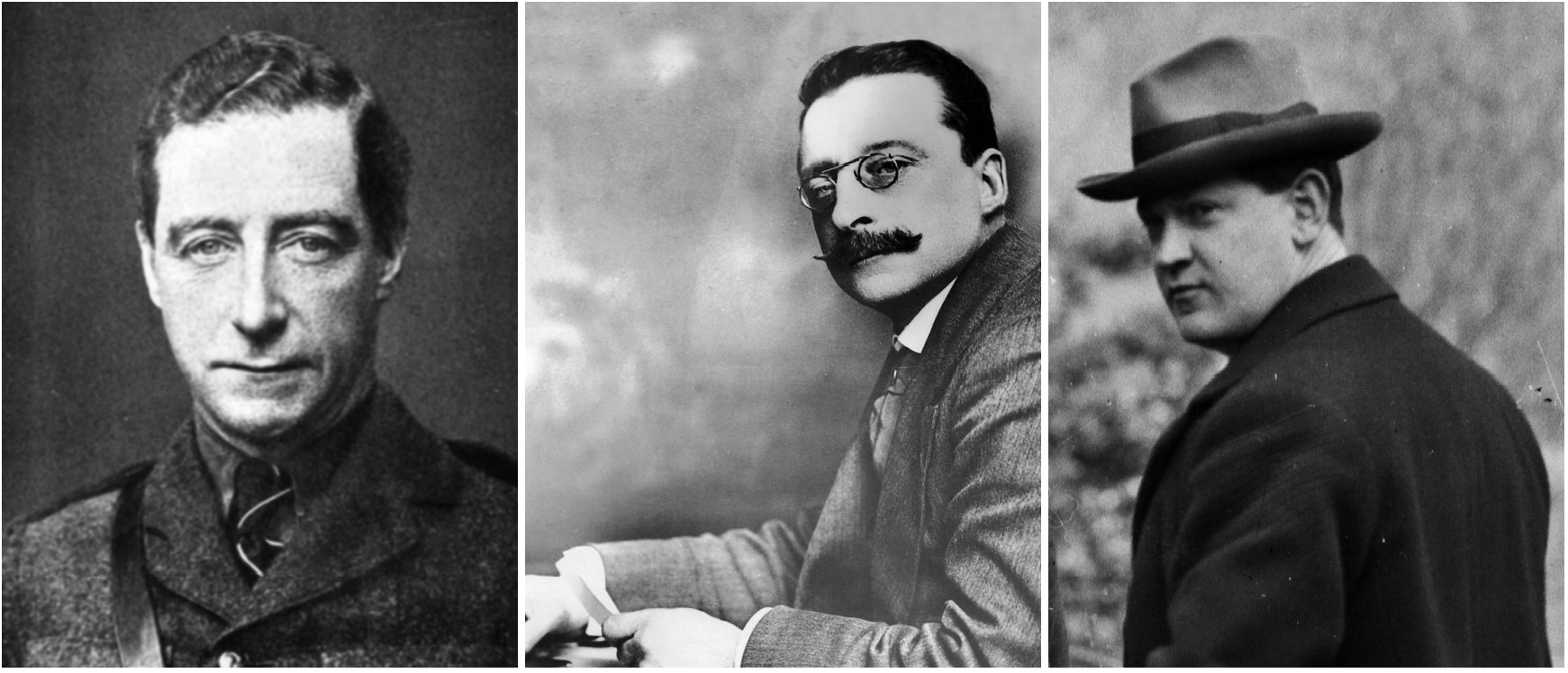DEATHS OF IRISH PATRIOTS: BRUGHA, GRIFFITH, COLLINS
Published in Issue 4 (July/August 2022), Volume 30By Joseph E.A. Connell Jr
The Civil War was the lowest point in recent Irish history. Few wars are as bitter as civil wars; few civil wars were as bitter as the Irish Civil War. Its brutality was horrifying, and the tactics of both sides did no justice to the causes for which they fought. Its divisions lasted for generations, and the lives and leadership that were lost would penalise Ireland forever.
Cathal Brugha was fatally shot leaving the Hammam Hotel on Sackville Street Upper on 5 July 1922. Twice he had been ordered to surrender by Oscar Traynor, O/C of the IRA, and had refused. On 5 July Brugha ordered the others out and, after some reluctance, they left under a flag of truce and surrendered to the National Army soldiers who had sealed off the rear laneway, Thomas’s Lane. Brugha ran out and the soldiers were ordered to ‘fire low’, but a bullet hit him in his left thigh and severed his femoral artery. Brugha died in the Mater Hospital, Eccles Street, on 7 July 1922, at the age of 47.
Though not a casualty of battle, Arthur Griffith died shortly after the beginning of the Civil War, when he was admitted to St Vincent’s Nursing Home in Leeson Street—by Oliver St John Gogarty—following an acute attack of tonsillitis. He subsequently died of a brain haemorrhage on 12 August 1922. W.T. Cosgrave said:
‘Though he was only 51, the worries and anxieties of the past two years had taken a terrible toll on him. The hard bargaining with the British and all the travelling back and forth during the Treaty negotiations had broken his health. Finally, the eruption of the Civil War was a blow from which he never recovered.’
At the graveside Michael Collins said, ‘In memory of Arthur Griffith let us resolve now to give fresh play to the impulse of unity, to join together one and all in continuing his constructive work, in building up the country which he loved’.

Above: Cathal Brugha, Arthur Griffith and Michael Collins—the lives and leadership lost would penalise Ireland forever.
Just ten days later, Michael Collins was killed in an ambush at Béal na mBláth (between Macroom and Bandon, but closer to Crookstown than Bandon) just before sunset, at 7.30pm, on 22 August. The steamship SS Classic (later known as the SS Kilbarry) left Penrose Quay in Cork and brought Collins’s body to Dublin. Gen. Emmet Dalton, who was at the ambush with Collins, sent this handwritten telegram from the Cork GPO to the Dublin HQ:
‘CHIEF OF STAFF DUBLIN COMMANDER-IN-CHIEF SHOT DEAD IN AMBUSH AT BEALNABLATH NEAR BANDON 6.30 [sic] TUESDAY EVENING WITH ME, ALSO ONE MAN WOUNDED. REMAINS LEAVING BY CLASSIC FOR DUBLIN TODAY WEDNESDAY NOON. ARRANGE TO MEET. REPLY DALTON.’
As the vessel sailed down the channel from Cork, it passed the assembled remaining British naval vessels, upon the decks of which the British sailors mustered and saluted, and The Last Post was played.
Joseph E.A. Connell Jr is the author of The Terror War: the uncomfortable realities of the Irish War of Independence (Eastwood Books, 2021).
















